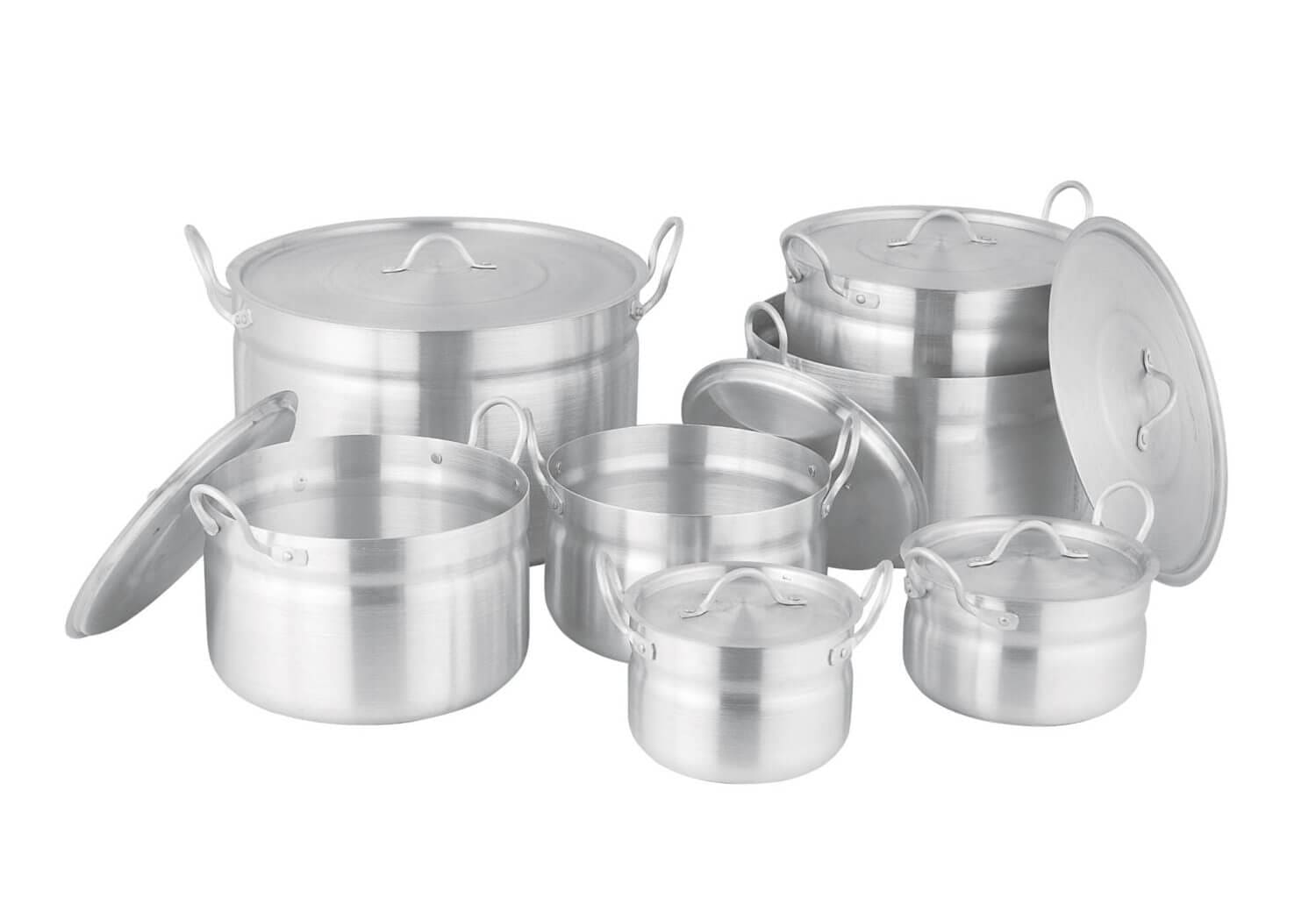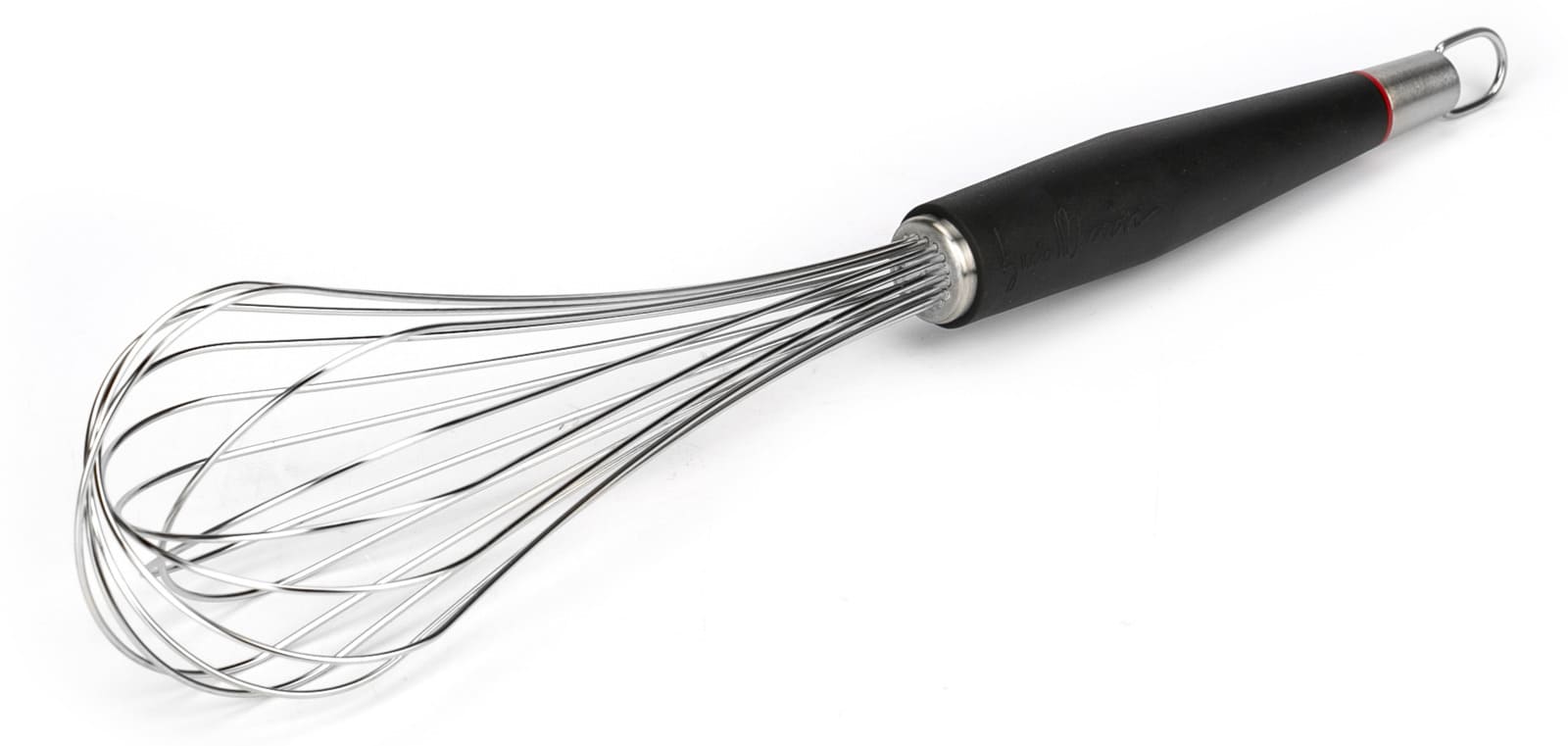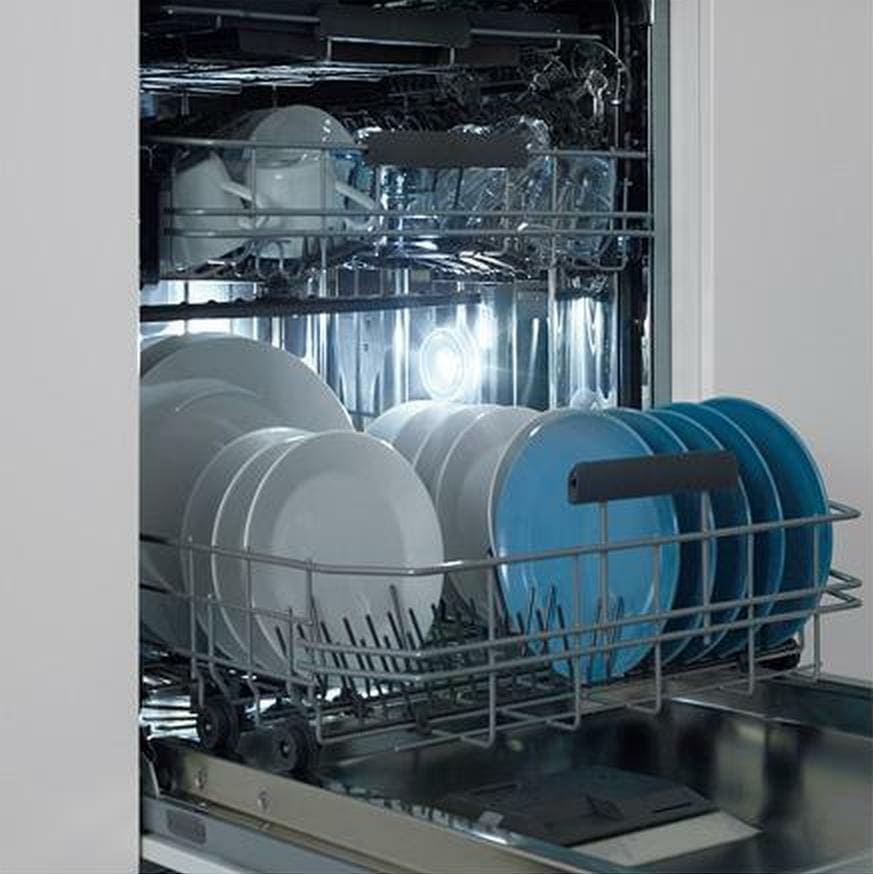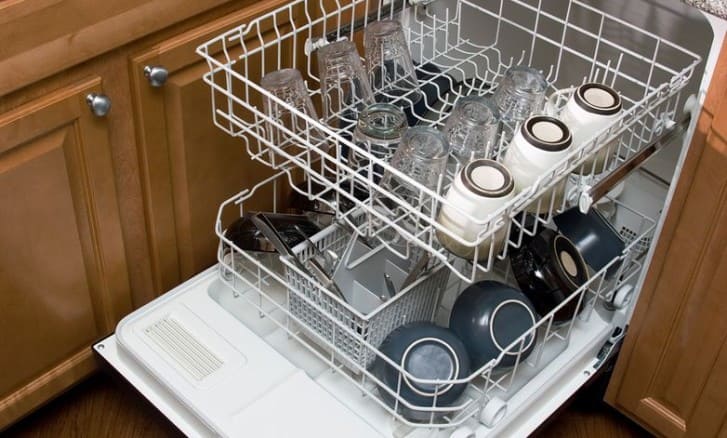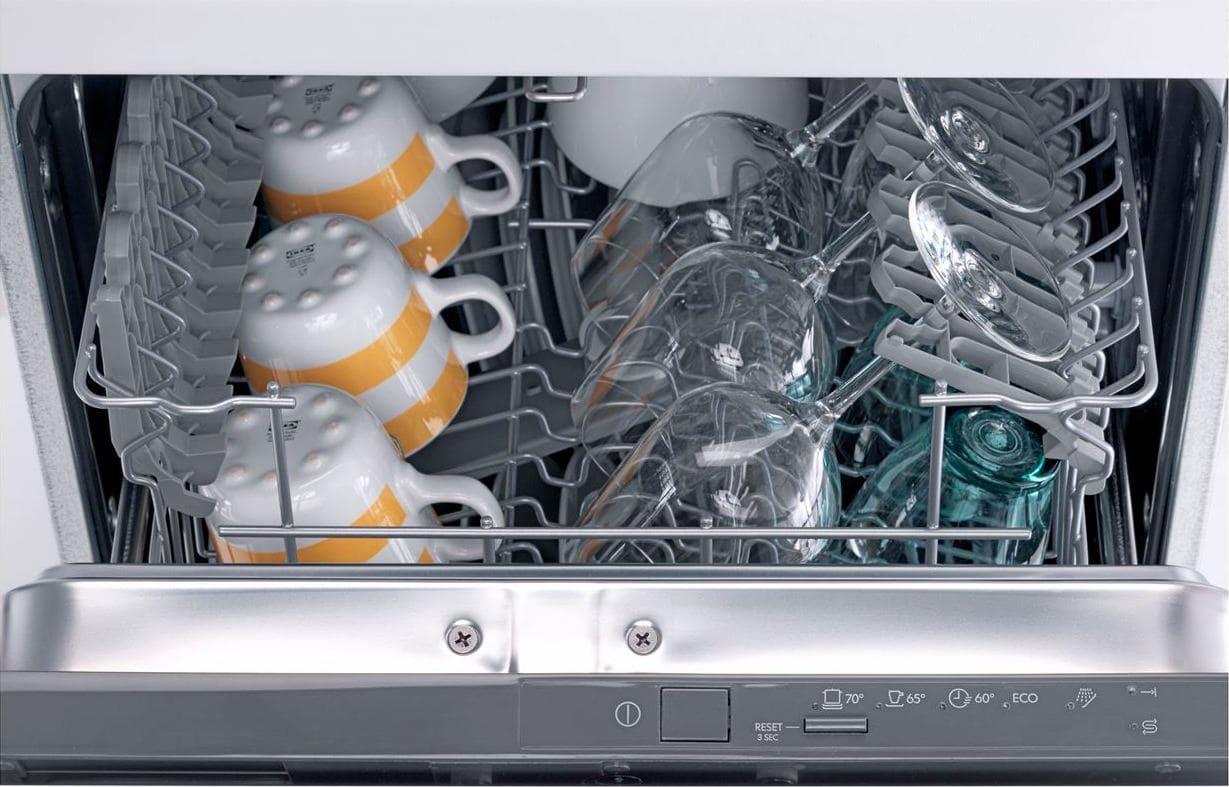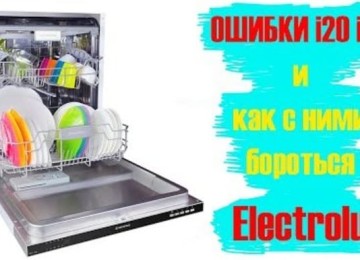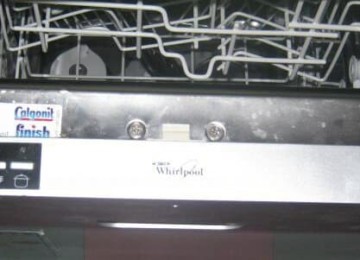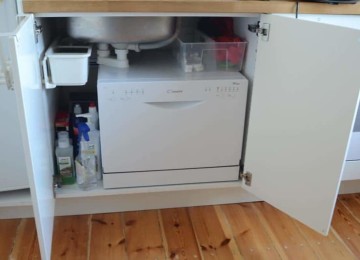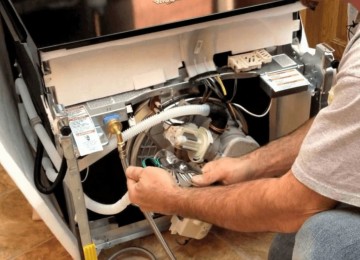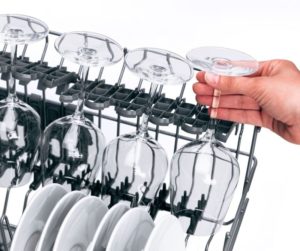 More and more people want to make their housework easier and are purchasing dishwashers. These household appliances will easily free you from tedious and dirty work. True, if you don’t know how to handle this unit, you can end up with problems instead of benefits. The most common problems with a dishwasher arise when the dishes are loaded incorrectly.
More and more people want to make their housework easier and are purchasing dishwashers. These household appliances will easily free you from tedious and dirty work. True, if you don’t know how to handle this unit, you can end up with problems instead of benefits. The most common problems with a dishwasher arise when the dishes are loaded incorrectly.
In this article we will take a closer look at how to properly load dishes into the dishwasher. We will tell you about all the intricacies of placing dishes and suitable detergents.At the end of the article, we will give recommendations on how to use a dishwasher so that it lasts for a long time.
Why do dishes get damaged in the dishwasher?
For many owners of this equipment, it is an unpleasant surprise that even the most expensive dishwasher can damage dishes if used incorrectly.
Improper use and ill-conceived loading lead to disastrous results - the dishes crack, lose their appearance, and scratch the inside of the machine. In addition, not all types of dishes can be washed in this unit.
The following conditions apply when using a dishwasher:
- sudden temperature changes;
- hot, almost boiling water;
- intense exposure to steam and water on dishes;
- detergents - special detergents;
- During the drying stage, the product is treated with a strong flow of dry hot air.
Rapid heating or cooling may cause thick glassware to crack. Some manufacturers cope with this problem by placing a heat exchanger inside the machine, which helps to gradually heat and cool the dishes.
To avoid annoying incidents, it is better to wash in the dishwasher only dishes that are marked by the manufacturer with a special symbol that allows washing in such units. However, damage to cookware does occur if you do not take into account the properties of the materials from which it is made.
What materials should not be washed in the dishwasher?
People who have just bought a dishwasher think that they will now be completely free from washing dishes by hand. Unfortunately, not all types of dishes can be cleaned using household appliances. The following types of materials should not be washed in the dishwasher:
- tree. All kinds of wooden utensils coated with colored paints and varnishes, or not treated with anything, cannot be washed in the dishwasher. Due to exposure to water and hot steam, after the first wash, wood will lose its appearance, become deformed and swell. After drying, cracks and chips of the coating will appear;
- plastic. Usually, plastic utensils indicate what temperature they can be heated to when caring for them, so you should not try to load items into the machine that indicate minimum heating;
- aluminum. This metal is prone to oxidation and does not tolerate washing with aggressive detergents in the dishwasher - it darkens and becomes stained;
- silverware, copper, tin. Products made from these metals, which are soft and high-maintenance, are completely unsuitable for cleaning in the dishwasher. After the first wash, scratches, stains and plaque may appear on them.
What dishes should not be washed in the dishwasher?
Let's take a closer look at which dishes should not be cleaned in a machine to avoid damaging them:
Any sharp kitchen utensils and knives:
- graters;
- kitchen knives made of any material;
- slicers for manual cutting of products;
- knives from a combine and mixer.
The main reason why such items should not be loaded into the general tank of the dishwasher is the possibility of damage to the soft rubber parts of the machine from the sharp edges of the objects. After this, the machine may fail. In addition, when taking out dishes when there is a lot of it, you can accidentally cut yourself with a knife. Excessively hot water and chemicals will quickly dull knives and sharp edges of any cutting objects. If knife handles are made of soft or porous materials, then water, steam and drying will lead to their deformation and damage.
Any metal utensils other than stainless steel:
- carbon steel utensils;
- enameled cast iron;
- cast iron pots and pans;
- aluminum frages, pots, dishes;
- silver and copper objects.
All these metals are easily corroded by water, hot steam and chemical detergents. The protective oil film will instantly come off the cast iron, and the metal will begin to deteriorate. Enameled cookware may crack due to temperature changes, and chips will begin to appear on it, which is unsafe for cooking.
Aluminum products are not subject to rust, but will lose the oxide film that protects the metal from oxidation. Brass and copper will become covered with plaque and dark spots, which will be impossible to clean. Aggressive detergents react with the surface of the dishes and damage their appearance irrevocably. If the frying pan has a non-stick coating, then maintenance is easy and does not require thorough washing, especially in the dishwasher.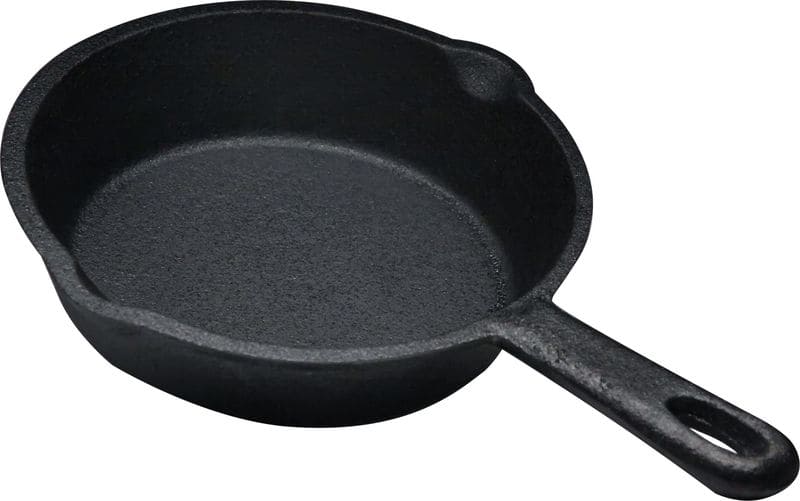
Thin glass and fragile porcelain:
- bone china with and without painting;
- gilded tableware with hand painting;
- Murano glass;
- crystal objects and stemmed glasses;
- measuring cups with painted marks.
It is better not to machine wash crystal, fine expensive ceramics, and hand-made porcelain. Dishes can easily break and the pieces will have to be collected throughout the machine. After several washes, gilded patterns and hand-painting will fade and begin to disappear from the dishes. Crystal becomes cloudy from hot water and chemicals and cannot be washed off. Of course, you can try cleaning such items in the dishwasher, but this is a big risk of losing something valuable and dear to your heart.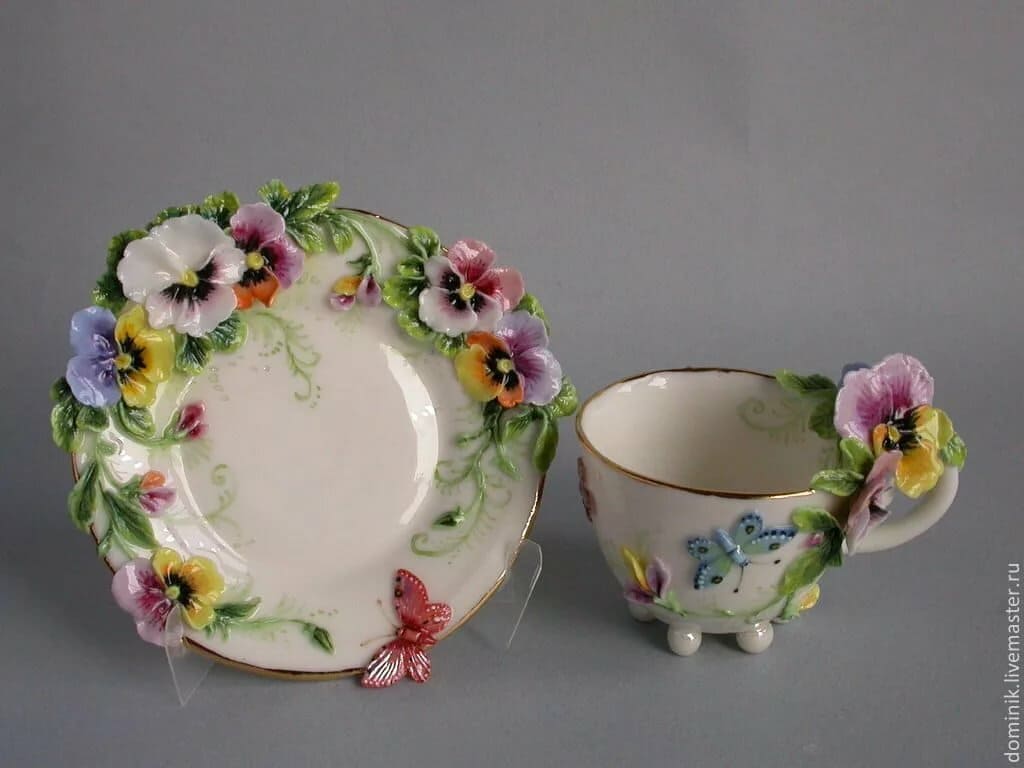
Wooden utensils:
- spoons, spatulas for stirring, tongs, etc.;
- plates and bowls made of natural wood;
- cutting boards;
- frage with wooden handles.
Natural wood does not tolerate prolonged washing in a machine using chemicals and hot steam. The dishes can become deformed, swell and subsequently crack when drying. If the wood is varnished, this coating will suffer greatly from washing in the dishwasher.
All kitchen mechanisms and devices:
- parts of meat grinders and pasta machines;
- spice mills;
- pressure cooker lid.
All mechanisms can be damaged when washed in a machine: vibration, hot water and chemicals make small parts unusable. If you want to continue using all these devices, it is better to wash them by hand, strictly according to the manufacturer's instructions.
Products made of natural stone:
- mortars for grinding products made of granite and marble;
- cutting boards, plates, bowls made of slate, marble and other stones;
- cutlery with handles made of natural stones and marble.
Stones seem very durable, but this is a deceptive impression. Marble is a porous material, and when exposed to household chemicals and hot water, stains appear on it, the surface becomes dull and damaged. Temperature changes easily cause tiny cracks.
Plastic:
- plastic boards;
- cutlery with plastic handles;
- some types of containers.
Every year, more and more studies are published on the questionable benefits of plastic. This is important when it comes to the health of your family and children. With regular machine washing, plastic products tend to deteriorate over time, which is harmful to health.
Many will say that modern plastic is not dangerous when used, but it is better to take care of yourself and your children and minimize the use of plastic dishes in the house. Moreover, you should not wash plastic in the machine at high temperatures.
Various dishes with thermal insulation or hollow handles:
- pots, frying pans with hollow handles;
- whisks, large spoons for serving food;
- thermoses, mugs with thermal insulation.
When water gets inside, it heats up and turns into steam under the influence of high temperature in the machine. And a high concentration of steam in the limited space of a hollow handle or in a thermos can cause the rupture of the dishware. In addition, over time, water will corrode the handles from the inside, which will contribute to the deterioration of the dishes.
Also, you should not try to wash foreign objects in the dishwasher - a computer keyboard, various children's toys, parts of washing mashine engines and units. All these things can be damaged when cleaned in the dishwasher and cause it to break.
General tips for using a dishwasher
In order for the dishes to be washed more efficiently with the help of household appliances, you should follow some rules. We will tell you about them below:
- tall dishes should not be loaded into the lower compartment, otherwise it will be difficult to open the door after washing, and it can damage the machine;
- it is better to put plates with heavy grease stains in the machine in advance so that they do not dry out too much - it will be easier for the machine to wash it all off;
- when food residues have dried on the plates - this happens after a holiday, when there is no time to do the dishes in the process, then you can soak the plates in a soda solution for 10 minutes - this will soften the residue, and the machine will easily wash off the remaining dirt;
- if a lot of dishes have accumulated, then it is better to load them in batches, folding them by type;
- a small amount of dishes must be placed in the center of the machine, especially if the design includes one rocker for spraying water;
- It is better to place thin objects and glass with some distance from each other so that they are not damaged or cracked from vibration;
- Plastic dishes should be placed in the machine as far as possible from the heating element so that the inside faces down - this way the plastic will suffer less from high temperatures;
- if the dishes are disassembled, then you need to load them in parts;
- in one washing stage you can wash from 6 to 17 dish sets, everything will depend on the size of the dishwasher;
- utensils should be placed in the machine so that they do not interfere with the operation of the rocker arms, so you should not overfill the dishwasher; it is better to wash the dishes in two stages;
- It happens that the filter in the machine becomes clogged, then it is better to turn it off and wash the dishes by hand;
- if you refuse to dry in a machine, you can seriously save electrical energy, and therefore the family budget;
- You need to remove the dishes after washing, starting from the bottom compartment, so that water from above does not get down and leave unsightly streaks.
The importance of correctly arranging dishes in compartments
If you follow the technology of correctly loading dishes into the machine, you can get even more benefits from using the technology:
- the washing process will be faster;
- water and electricity consumption is minimal;
- better cleaning of dishes;
- The unit will last for many years.
True, for this you will have to remember the basic rules for loading dishes.Here are a few tricks to help you use your machine more safely and efficiently:
- The dishes must be in a stable position in the machine. The plates are fixed with bars, there are holders for glasses and glasses and a specially designated shelf;
- It is better to place the most contaminated dishes at the bottom of the machine’s tank so that stronger water pressure removes all the contamination;
- the dishes should be placed upside down, so they will be washed better and the water will drain faster; convex dishes can be laid out at an angle so that water does not accumulate on the surfaces;
- It is better to stack glasses and tall dishes closer to the center;
- objects in the machine should not interfere with the operation of the rocker arms, which spray the dishes with water;
- Do not place any other items, even small ones, in the detergent compartment.
Filling the top compartment of the dishwasher
The top compartment is best for storing items such as mugs, bowls, saucers, small plates, small glasses, sauce bowls, and so on. You can also place plastic dishes here.
Rules for filling the upper compartment of the dishwasher:
- any plastic utensils in the upper compartment are protected from high temperatures;
- It is better to turn mugs, small glasses and glasses upside down so that they are cleaned better and the water does not stagnate;
- Plates and bowls should not be stacked tightly so that water washes over each;
- if the machine has devices for holding glasses, then it is better to place them according to the instructions so that water penetrates inside and washes away any remaining liquids;
- The dishes must be placed stably so that streams of water do not break or spoil them.
How to properly fill the lower basket of your dishwasher
The size of the lower section in many machines can be changed at will, depending on the size and dimensions of the items being loaded. Here are some rules to help you place your dishes correctly:
- It is better to place plates at an angle towards the center of the tank, since water comes from the middle of the unit;
- Large plates should be placed in the middle, and small and flat ones on the edge - this way they will be washed better;
- Dishes can be from different sets, but it is better to place similar-sized and shaped plates next to each other so that the water flows evenly over them;
- Frying pans, small baking sheets and trays should be placed vertically so that the water can freely wash all the dishes;
- It is better to use frying pans with removable handles, so they will not interfere with the rocker arms splashing water;
- Large pots can be washed separately, since they can take up a lot of space. Tips for filling the removable tray
Forks and knives are best placed with the sharp edge down, but some models of machines have special horizontal shelves for these items;
- Do not place spoons close to each other - they will be washed worse this way;
- Frage will be washed better if they are loaded mixed: spoon, then fork, then knives, and so on;
- Skimmers, ladles - any items with a long handle are best placed on the shelves intended for this purpose.
How to properly remove dishes after washing
You can remove washed dishes only after they have cooled down, because it is easy to burn your hands on hot objects. Also, thin earthenware or glass can crack if you accidentally hit a hot cup when unloading dishes. You need to start removing dishes from the bottom compartment, moving upward - this way drops of water will not fall on other objects.After unloading the dishes, the machine must be wiped with a dry cloth, especially the detergent trays.
Selecting dishwashing and water softening products
After the dirty dishes are placed in the correct compartments, you can pour the detergent into the desired tray. The chemical compartment must be dry, otherwise the product will stick and dissolve poorly. Residues of the powder can get on the dishes and subsequently cause a negative reaction in the body.
The composition of special chemicals for washing dishes includes weak alkalis with enzymes that successfully break down fats, proteins and carbohydrates so that the dishes sparkle clean. The manufacturer adds oxygen bleach to some products, which perfectly removes stains from coffee, fruit, and tea.
Remember that you cannot use detergents or household chemicals for hand washing in the washing mashine - foaming dishwashing detergents such as Fairy. Too much dense foam can damage your dishwasher and be expensive to fix.
There are special degreasers produced for dishwashers. Once every 5 months, with average hardness of tap water, you need to use an anti-scale agent, which is designed to clean all important parts of the dishwasher from limescale deposits. If the water in your region is very hard, then use a descaling agent once every 4 months.
There are many options for dishwasher detergents on the market, and each owner can choose the one that is most convenient to use. These remedies come in the form of:
- tablets;
- powder;
- liquids;
- gel;
- with rinse aid included.
Powders are the most popular form because they are easy to dose.A single portion is allocated depending on the amount of dishes in the machine. The usual portion is 40-45 g. In the powder compartment, as a rule, there are special marks by which you can adjust the dosage of the product. The powder dissolves quickly - this is important if there are few dishes and the wash will be short in time.
Tablets are also popular, since they do not need to be measured, and one piece is enough for one full load of the machine. 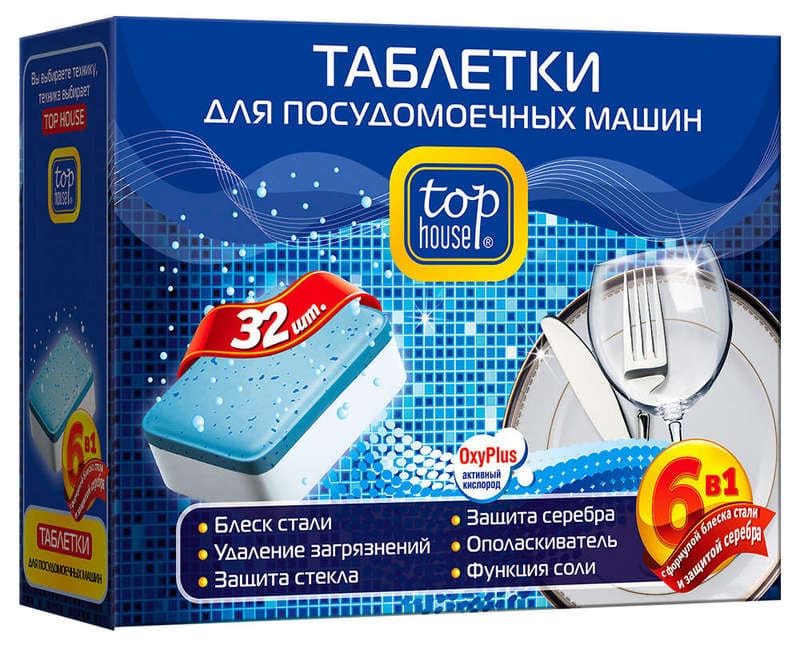 Sometimes thrifty housewives divide the tablet in half, especially if the dishes are not very dirty or there are few of them. Tablets dissolve longer than gel and powders, they are better to use when the dishes are dirtier and there are a lot of them.
Sometimes thrifty housewives divide the tablet in half, especially if the dishes are not very dirty or there are few of them. Tablets dissolve longer than gel and powders, they are better to use when the dishes are dirtier and there are a lot of them.
Rinse aid should be used so that the dishes shine and do not have water stains on the surface. The use of this product is especially noticeable on glass goblets and plates - there will be no streaks or stains. Rinse aid is dosed depending on the amount of loaded dishes.
Tap water is hard, so you need to use special products to soften it. This way, scale on the internal parts of the machine will appear less often, and it will last longer. An expensive heating element will not fail if you use regenerating salt. Special salt is added during each dishwashing cycle. It needs to be poured into a special compartment. The amount will directly depend on the water hardness in your region. If the water hardness is no more than 21 dH, then you can use special dishwashing detergents that already contain regenerating salt.
There are also fragrances on sale to give the dishes a pleasant aroma, but their use is optional, at will.
You can also buy various “3 in 1” products: detergent, salt and rinse aid.But the cost of such products is not cheap, and many users believe that it is more profitable to use all the products separately.
Safety precautions when using a dishwasher
A dishwasher, like other types of household appliances, requires careful handling and a special approach to operation:
- for washing dishes, use only special products that are produced specifically for dishwashers; they should not contain chlorine;
- the outer door of the machine must be securely closed during operation; if the machine is overloaded and the door does not close as required, the indicator will indicate this problem;
- if you need to open the washing mashine before the washing process is completed, then it is better to open the door slowly so that the splashing water does not scald you;
- It is better not to open the washing mashine door unnecessarily when the unit is not working, so as not to trip over it when you are in the kitchen;
- It is not advisable to place heavy objects on the door and make sure that children do not sit on it - this can lead to damage;
- installation must be performed by a competent technician in order to subsequently avoid problems during operation;
- If there are nimble little children in the family, then it is better to buy those washing mashine models that are equipped with child protection.
Tips for using dishwashers
In order for the machine to serve faithfully and break down less, you need to handle it carefully and follow the simple recommendations of experts:
- Do not overload the machine with a large number of objects, so as not to break the sprinkler arms;
- when dishes need to be reloaded, it is better to wait for the rocker arms to stop so as not to damage them when loading items;
- if there are few dishes accumulated, then it is better to place them in the center of the machine, this will reduce the washing time;
- when the unit operates, vibration appears, which can cause cracks in the dishes if glasses or thin plates are placed closely together without gaps;
- plastic items should be placed further from the heating element;
- collapsible dishes need to be loaded in parts;
- You should always remove the dishes starting from the bottom.
After the dishes are removed, it is worth taking out a special filter and rinsing it under running water - food residues often accumulate in it. Next, the entire chamber of the machine must be thoroughly wiped with a rag so that no water remains in it. Also remove any food particles that may have remained under the rubber seal or in the corners of the chamber. You can leave the door open for half an hour to ventilate the washing mashine and eliminate any unpleasant odors.
Any problems that can interfere with the operation of the dishwasher often arise due to the fact that the owners do not operate it correctly.
If you treat your machine correctly and descale it on time, it will last for many years and will delight you with well-washed dishes. A machine loaded according to the rules will use electricity and water sparingly, which will have a positive impact on the budget of any family.


